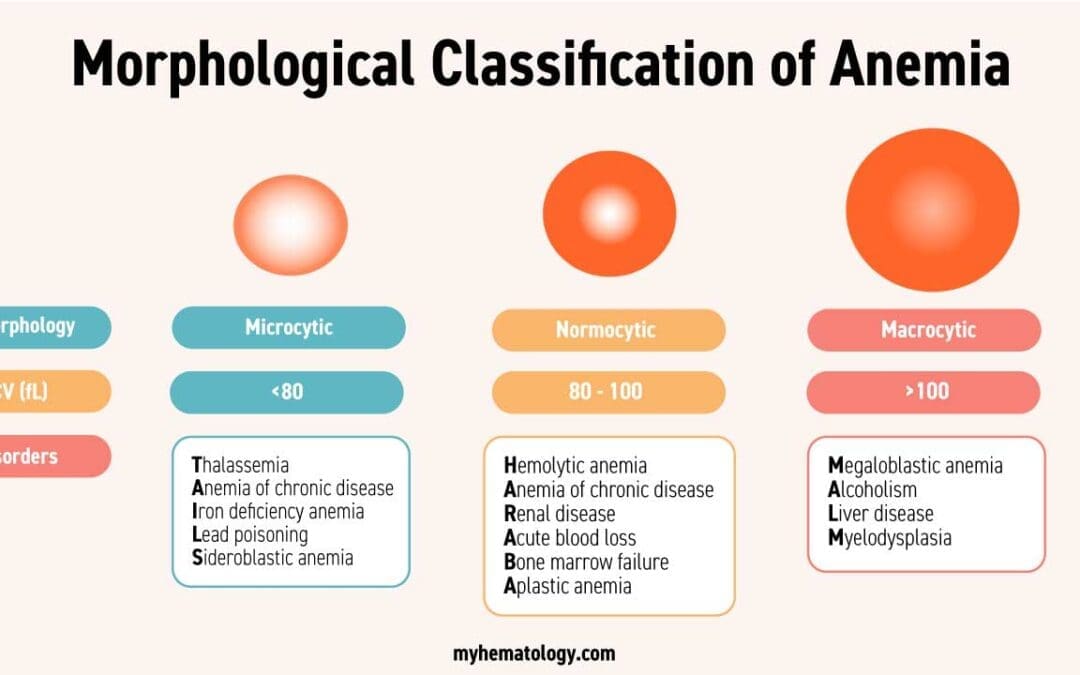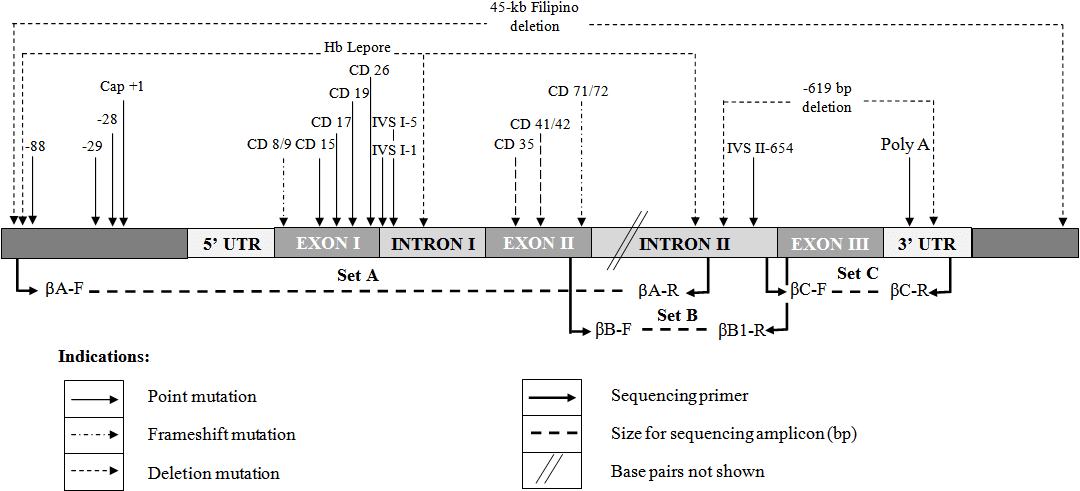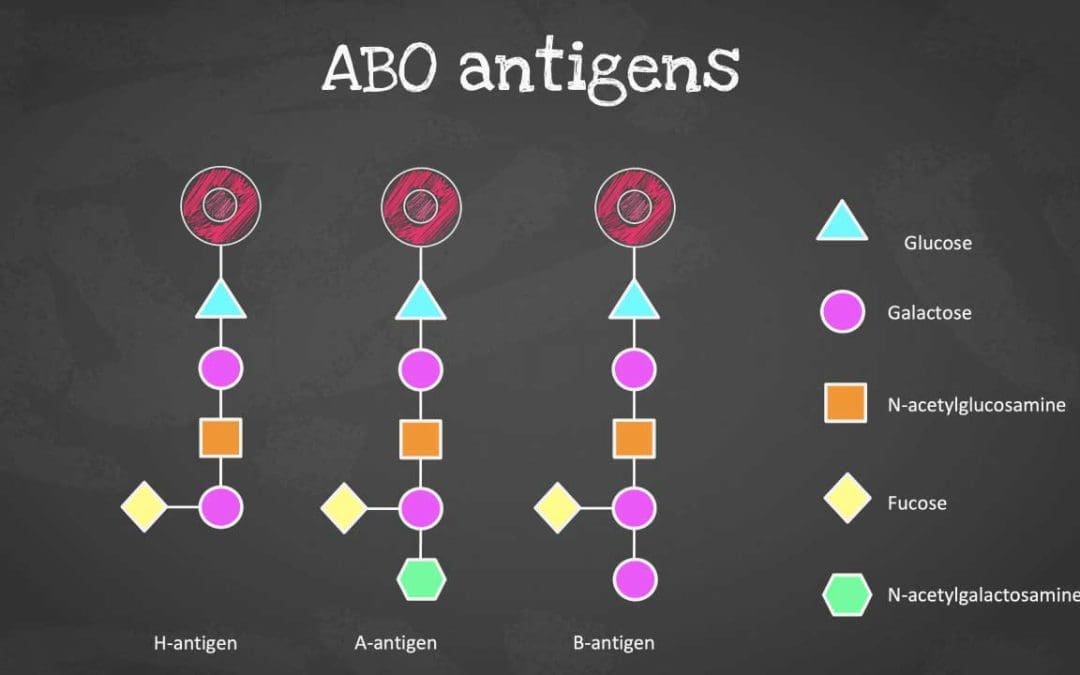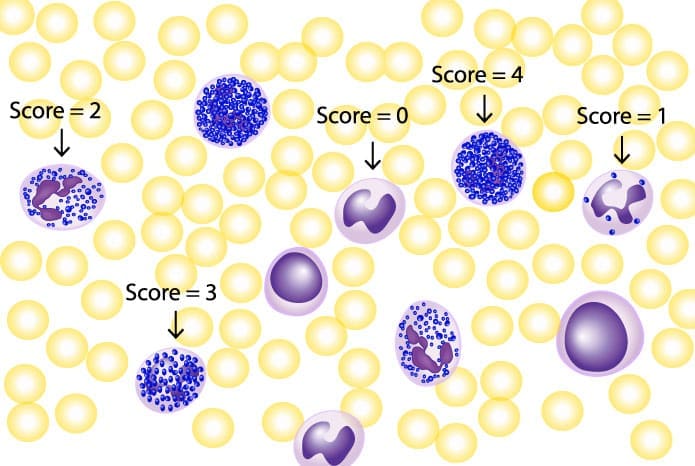
by MH Team | Nov 22, 2023 | Red Blood Cells
TL;DR Anemia is a common blood disorder characterized by a deficiency of red blood cells or hemoglobin, leading to reduced oxygen-carrying capacity. It’s a significant global health concern, particularly prevalent in developing countries, affecting productivity...

by MH Team | Nov 14, 2023 | Red Blood Cells
TL;DR Red blood cells (RBCs), or erythrocytes, are the most common blood cells, small biconcave disks lacking a nucleus and primarily composed of hemoglobin. Function ▾: Their main function is to transport oxygen from the lungs to tissues and carbon dioxide...

by MH Team | Nov 14, 2023 | Lab Protocols, Red Blood Cells
Introduction Beta thalassemia conventional PCR protocol is one of diagnostic laboratory methods used to identify the specific mutation involved in beta-thalassemia. Beta thalassemia is a group of inherited blood disorders characterized by a reduced or absent...

by MH Team | Nov 13, 2023 | Transfusion Medicine
TL;DR ABO blood group is the most important blood group system in transfusion and organ transplantation medicine. ABO antigens can be found on red cells, white cells, platelets and many circulating proteins. Transfusion incompatibility can cause acute...

by MH Team | Nov 9, 2023 | Lab Protocols, White Blood Cells
Introduction Leukocyte alkaline phosphatase (LAP) / Neutrophil alkaline phosphatase (NAP) stain stands as a valuable diagnostic tool, offering insights into the functionality of neutrophils, a critical component of the immune system. This enzymatic stain specifically...







Recent Comments